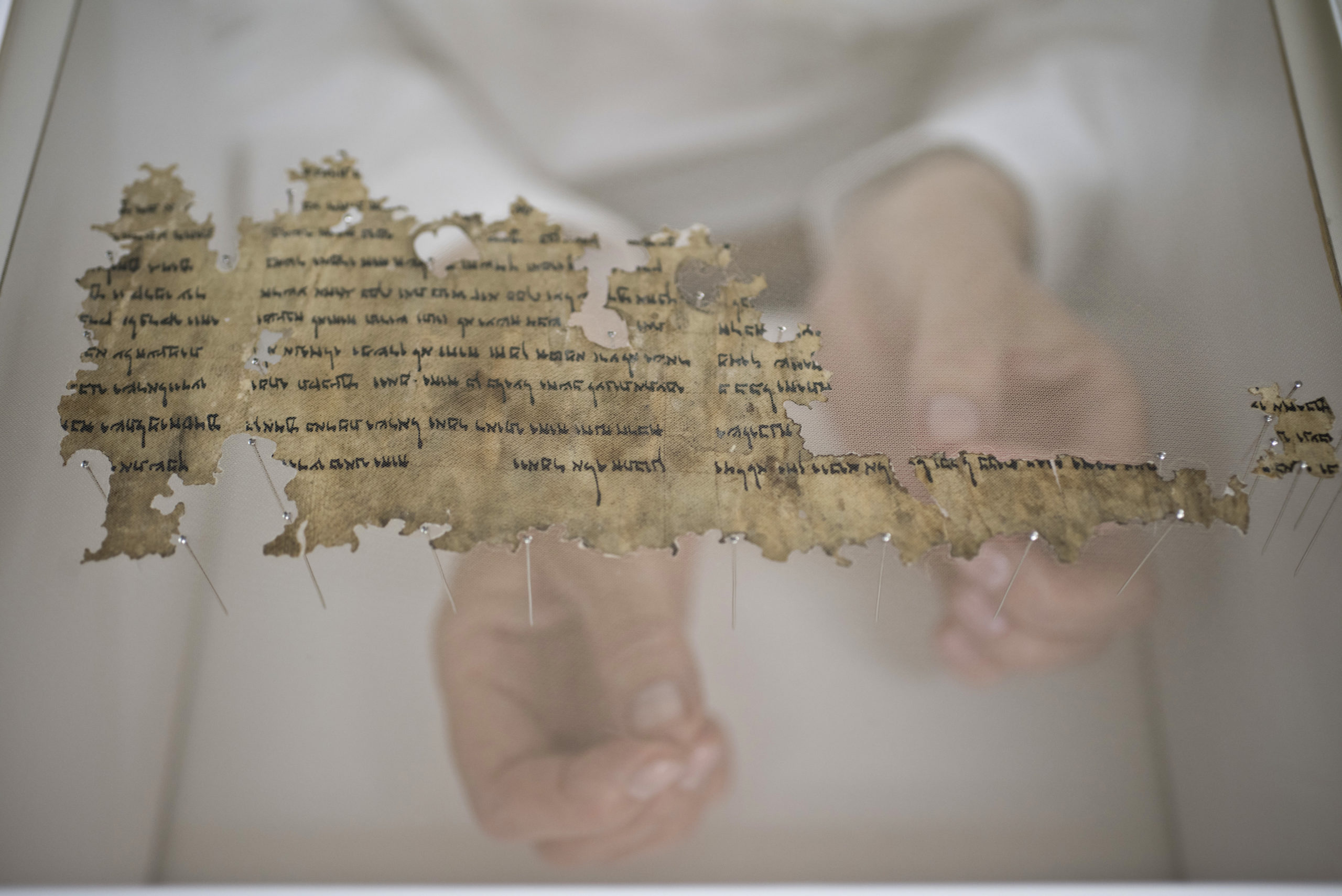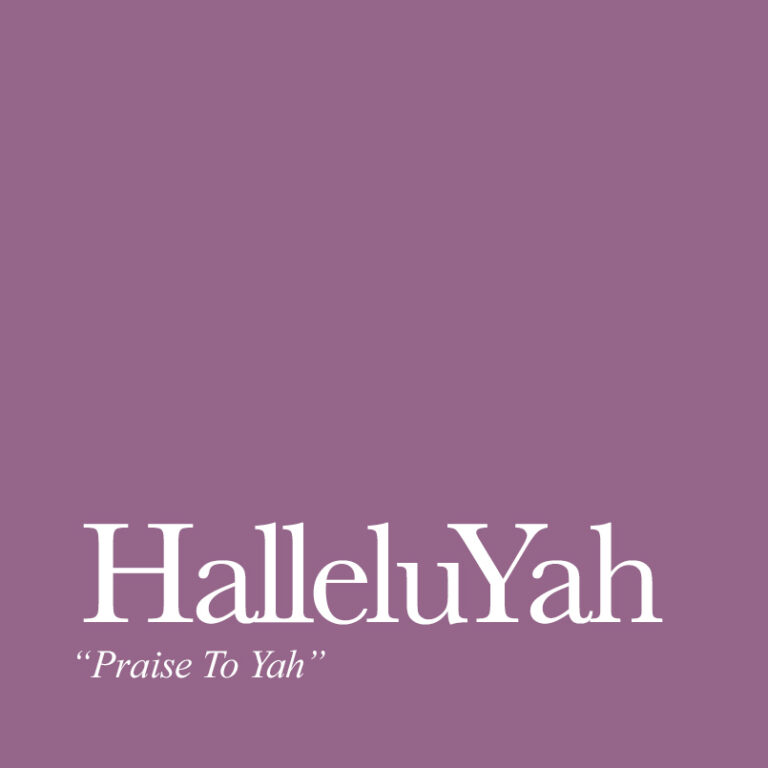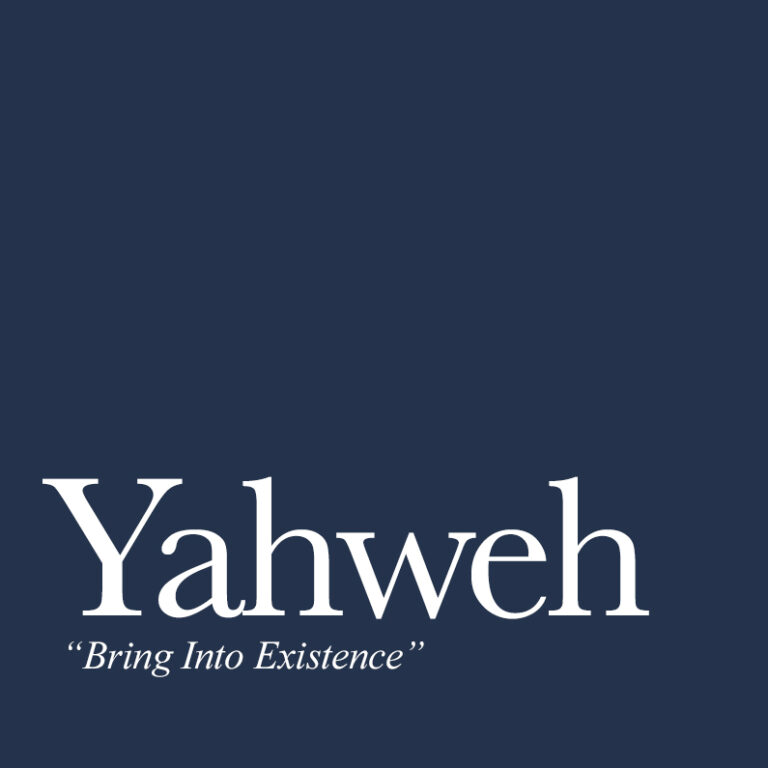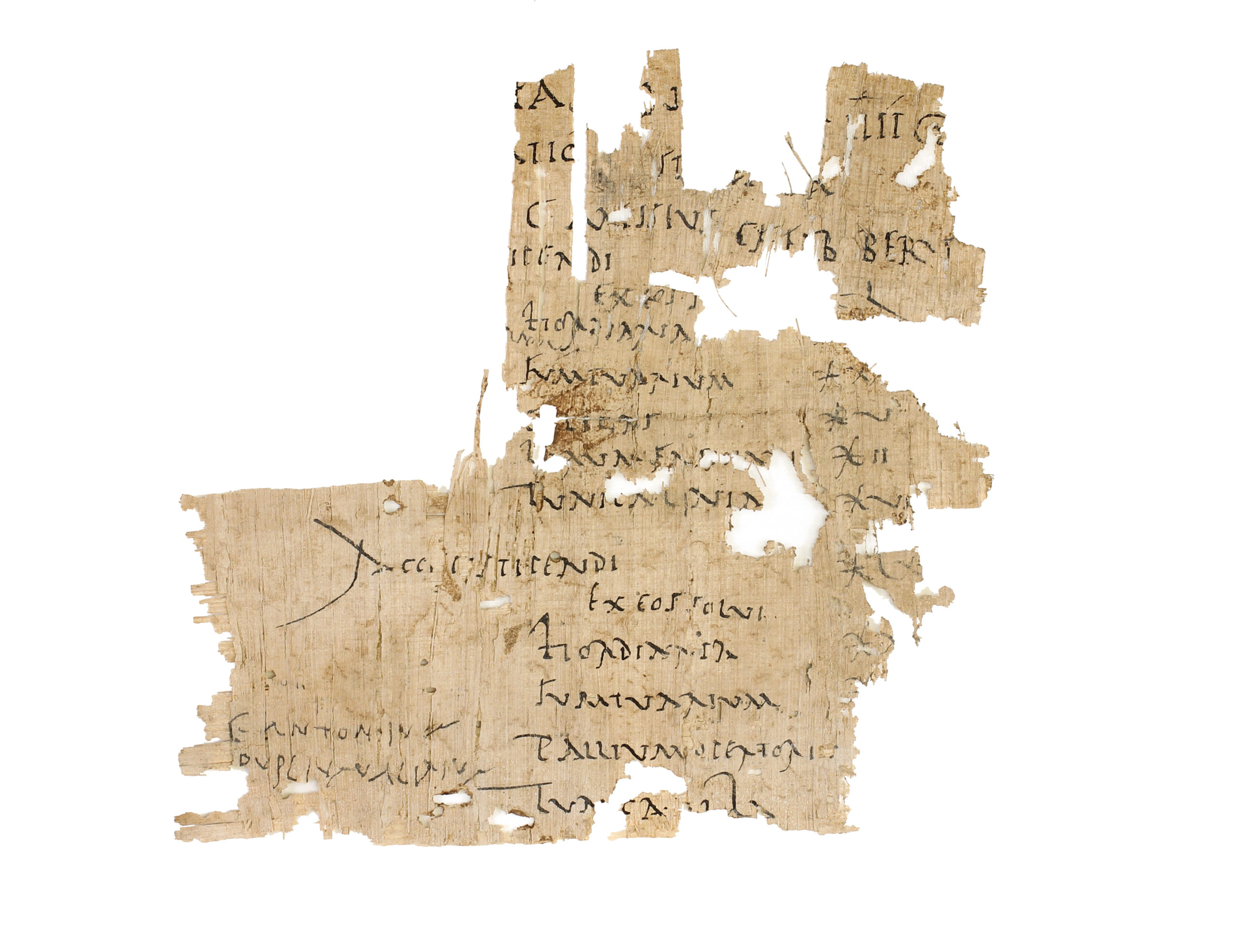
A look back at 75 years of Dead Sea Scrolls research
The Dead Sea Scrolls are considered by many to be the most significant archaeological find of the 20th century. From 1947 to 1956, thousands of scroll fragments were uncovered from the caves near Qumran, located on the northwestern shore of the Dead Sea. Over the following decades, teams of scholars pieced these scrolls together to reconstruct an amazing library of texts from the third century B.C.E. to the first century C.E.
In honor of the 75th anniversary of the discovery of the Dead Sea Scrolls, Biblical Archaeology Review is releasing a brand-new supplementary eBook, The Dead Sea Scrolls: Past, Present, and Future. From biblical scholars studying the texts, archaeologists discovering and preserving them, and computer scientists building new ways to read them, this FREE eBook is filled with articles and interviews with some of the world’s leading scholars on the scrolls and promises to be an exciting and informative addition to any collection.
What Are the Dead Sea Scrolls?
The scrolls discovered at Qumran are certainly the best known of the Dead Sea Scrolls, but they are not the only scrolls to have been found. Thus, to know “What are the Dead Sea Scrolls?” it is necessary to take a wider look.
A latin scroll
One of the scrolls found at Masada, left behind by the Roman Legion. Courtesy Leon Levy Dead Sea Scrolls Digital Library, IAA. Photographer: Shai Halevi.
While the Qumran scrolls are the most numerous, hundreds of scroll fragments have been found at several other sites in the Jordan Valley and the Judean Desert. These texts date from the eighth century B.C.E. to the seventh century C.E. and record the life and activities of the people who lived in and passed through these regions. While the scrolls from Qumran are in Hebrew, Aramaic, and Greek, other scrolls are written in Latin, Arabic, and even Nabatean.
The scrolls cover a wide range of topics and genres. Perhaps the most interesting are the biblical scrolls, which include texts from every book of the Hebrew Bible (Old Testament), with the possible exception of Esther. Other scrolls are Jewish sectarian writings, administrative documents, deeds of sale, and even divorce and marriage records.
Despite the name, the majority of the scrolls are preserved as fragments, small scraps of what were once larger scrolls and documents. These were written on various materials, from leather to papyrus. While some scrolls are several feet long, many smaller fragments are no larger than a fingertip. To date, more than 25,000 fragments have been discovered, and extensive work has gone into combining, preserving, translating, and studying these various fragments
While the first scroll fragments were identified in 1947, others continued to be found, most recently in 2019, when an expedition identified a section of the Book of Zachariah, written in Greek, and dating to the turn of the era.
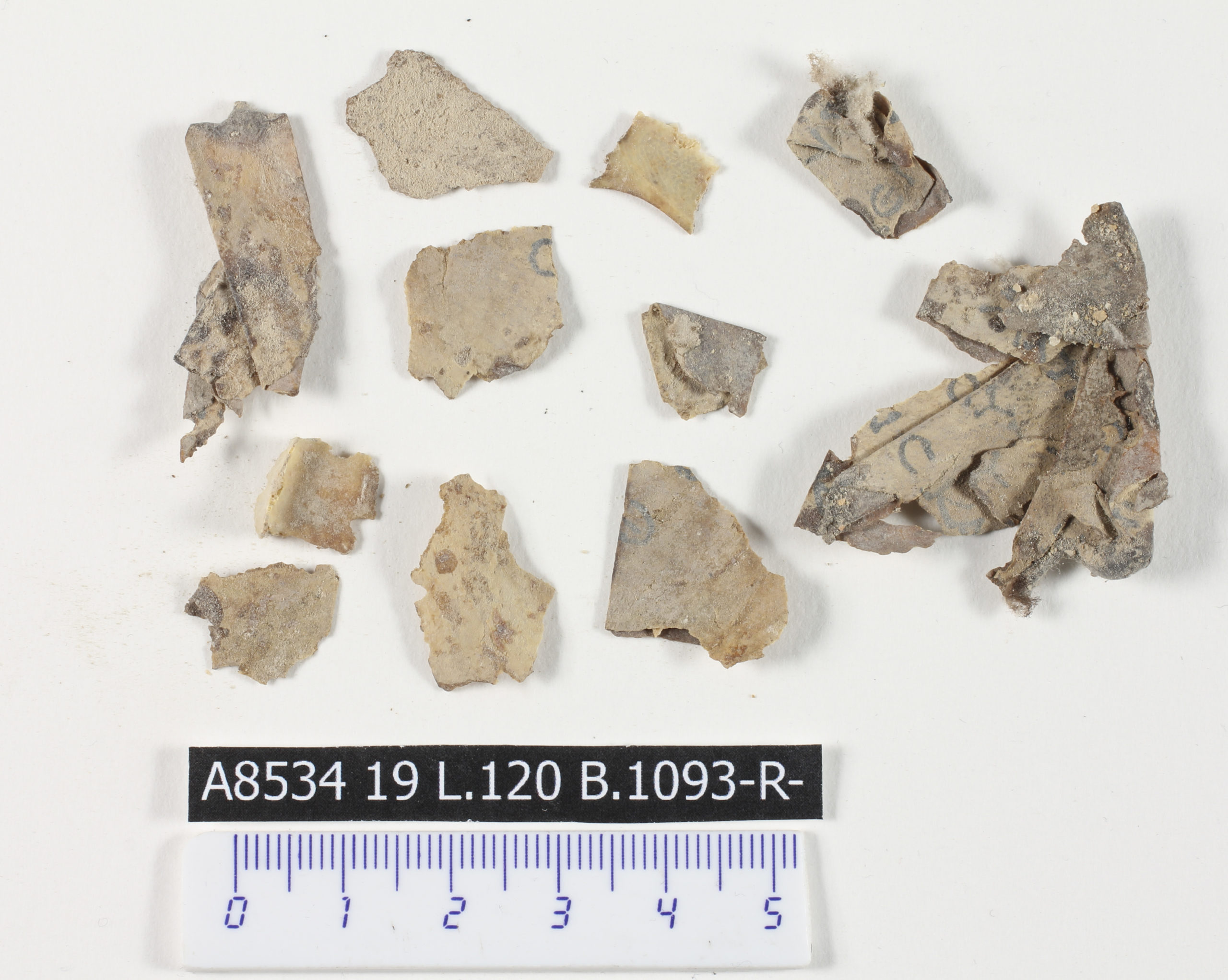
Why Are the Dead Sea Scrolls Important?
Moving on from the question “What are Dead Sea Scrolls?”, we now turn to the question of “Why are scrolls important?” The scrolls’ discovery is remarkable on several counts. First, it is quite unusual for ancient scrolls—usually written on parchment or papyrus—to be preserved in the archaeological record. The organic nature of such writing materials causes them to decompose rapidly. Yet the arid environment of the Judean Desert allowed these texts to survive. After more than two millennia, they are still legible!
A collection of small fragments, found in 2019. Courtesy Leon Levy Dead Sea Scrolls Digital Library, IAA. Photographer: Shai Halevi.

Second, they illuminate the Bible’s composition. Prior to their discovery, the earliest surviving copies of the Hebrew Bible dated to around 1000 C.E. The scrolls are a millennium earlier. Scholars are able to see continuity between the scrolls and later biblical manuscripts. Yet they also have found some variation. For example, some scrolls of Exodus and Samuel from Qumran preserve passages that were absent from later biblical manuscripts. These might represent different traditions that were circulating at the time of the scrolls’ writing—or scribal errors that crept into some manuscripts. The Dead Sea Scrolls are, thus, instrumental in reconstructing biblical texts.
Third, they provide a window into the world of their authors. The scrolls did not just rewrite the history of the Hebrew Bible’s development; they rewrote the history of Judea in the late Second Temple period. Most of these texts were written when the Second Temple still stood in Jerusalem; when Jewish sects, including the Pharisees and Sadducees, argued about the correct interpretation of the law; and when the Greeks, Hasmoneans, and then Romans—with Herod as a client king—ruled over the region. A few other texts date as far back as the eighth century B.C.E., during the time of the First Temple, while some are as late as the Islamic conquest of the region in the seventh century C.E.
Who Wrote the Dead Sea Scrolls?
We have answered the questions “What are the Dead Sea Scrolls?” and “Why are the Dead Sea Scrolls important?” but who wrote the scrolls? This question is particularly important when discussing those scrolls discovered at Qumran.
Indeed, there is debate about the authors’ identity, but many connect them with the Essene community, another Jewish sect, who lived at Qumran. The scrolls, then, would have been their library. As noted above, the environment around Qumran is arid; although it was more fertile in antiquity than today, it still would not have been the most comfortable place to live. Yet it was well suited for the Essenes, who sought to remove themselves from society to live pure, righteous lives in accordance with a strict interpretation of Jewish law. One of the documents uncovered among the scrolls, the Community Rule, gives some insight into life for the Qumran community—if indeed they were the authors of the scrolls. We see from other texts that this group was anticipating eschatological events, the end of days. They believed that the promised messiah would soon return, overthrow corrupt society, and usher in the kingdom of God.
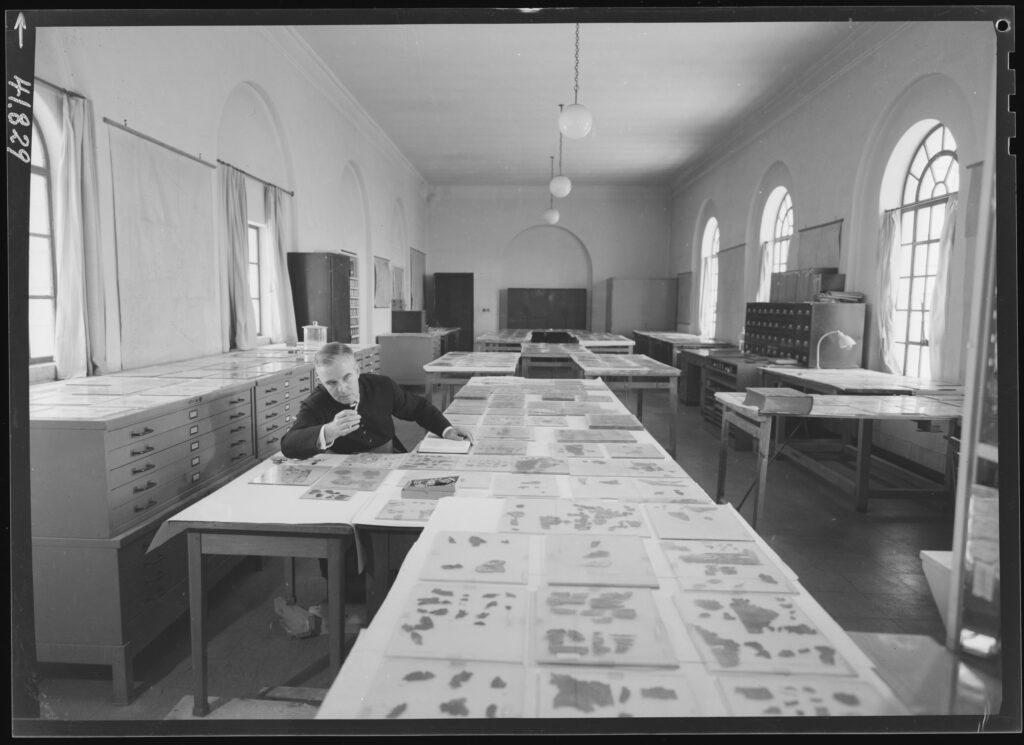
The scrolls help us recreate this historical moment. We learn about the varied religious landscape of Judaism during this period—from which emerged early Christianity. For it is during this time, in the first century C.E., the final century of the Dead Sea Scrolls’ composition, that Jesus of Nazareth launched his ministry.
The Qumran settlement was abandoned around 70 C.E., about the time of the Temple’s destruction, and their library forgotten—that is, until 75 years ago.
Repost – original post/credit: Biblical Archeology Org
